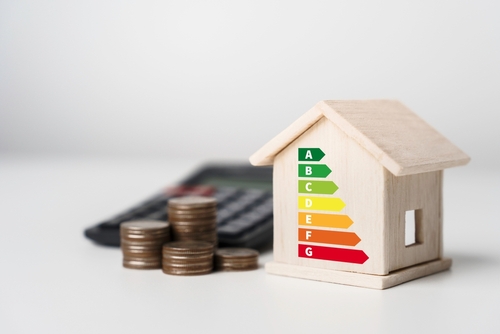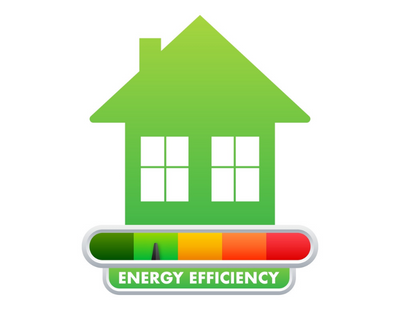
Rigorous government targets to improve EPC ratings in the private rental sector and the wider housing stock won’t be met without additional incentives, the Nationwide warns.
A special study by the lender looks at the energy efficiency of the UK stock, which faces a series of targets to improve EPC ratings - different targets set 2030, 2035 and 2050 as goals.
Nationwide’s chief economist, Robert Gardner, says that over the past 10 years, energy efficiency has improved significantly, thanks in part to the higher energy rating of newly built properties. However, the rate of improvement has slowed markedly in recent years.
The latest data (2022) shows 48% of the housing stock is now rated C or higher, up from 18% in 2012.
Gardner comments: “Newly built properties typically have a much higher rating (97% are rated C or above), although the stock increases very slowly, typically by circa 1% per annum. However, it is important to note that while these homes are energy efficient once built, a significant proportion of new homes’ carbon footprint (between 25% and 50%) relates to its construction.
“Government analysis based on the latest English Housing Survey suggests that if all applicable energy improvement measures were applied to all dwellings rated below C, 96% of those would shift into bands A to C, while 4% of dwellings could not be improved beyond a D rating.
“The average cost to improve dwellings to band C was c.£7,400, with an overall estimated total cost for upgrading the entire housing stock of between £91 billion and £94 billion. As expected, dwellings with a rating E to G have a higher average cost to improve than D rated homes (£13,500 vs £6,200).
“The Government’s current aspiration is to upgrade as many homes [owner occupied and private and social rental] as possible to band C by 2035. However, the current pace of energy efficiency improvements is relatively slow, given the scale of the challenge. For example, the rate of insulation installs is a fraction of the 2012 peak, the last year of the Carbon Emissions Reduction Target and the Community Energy Savings Programme.
“This suggests a need for further incentives to help decarbonise homes.”
Meanwhile the Nationwide study also suggests that there are actually only modest premiums for homes that are sold with good EPCs over those with less favourable ones.
The lender says that a more energy efficient property, rated A or B, attracts a modest premium of 2.8% compared to a similar property rated ‘D’ (the most commonly occurring rating). There is little difference for properties rated C or E compared with D.
There is a more noticeable discount for properties rated F or G - the lowest energy efficiency ratings. Indeed, an F or G rated home is valued 4.2% lower than a similar D rated property.
The analysis concludes: “Our research suggests while energy efficiency impacts remain relatively modest, they have increased relative to pre-pandemic levels, with A/B properties now attracting a larger premium compared with 2019 and F/G properties seeing a larger discount.
“The value that people attach to energy efficiency is likely to continue to evolve, especially if the government takes measures to incentivise greater energy efficiency to help ensure the UK meets its climate change obligations.”















%20-%20IMAGE%20Client%20Accounting%20%E2%80%93%20what%20are%20your%20options.jpg)





Join the conversation
Be the first to comment (please use the comment box below)
Please login to comment